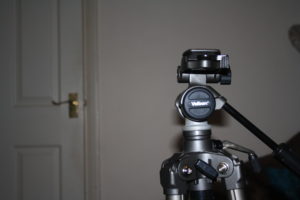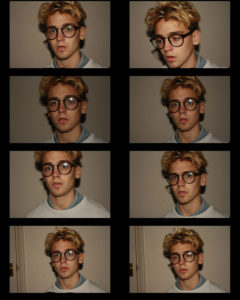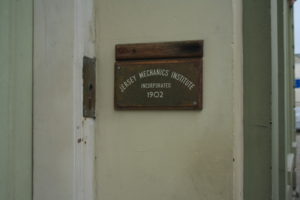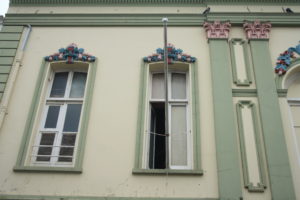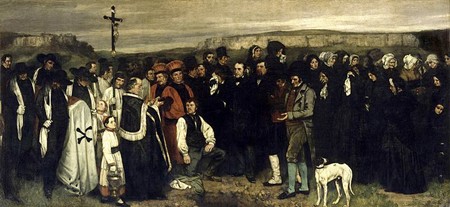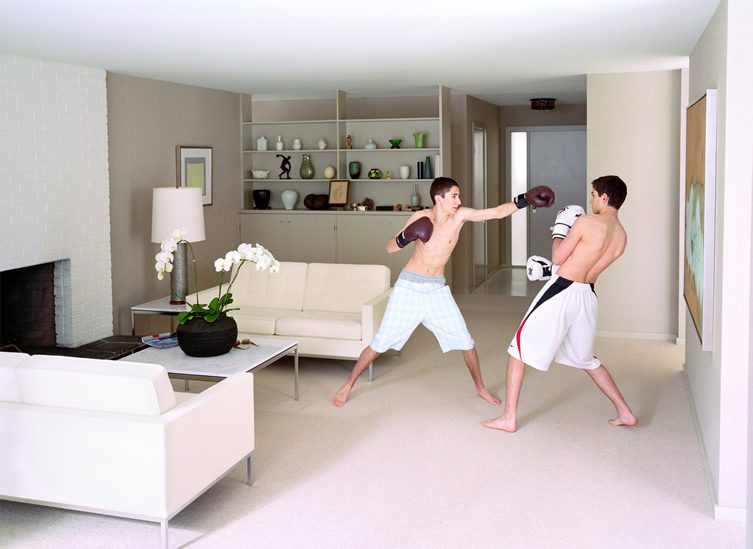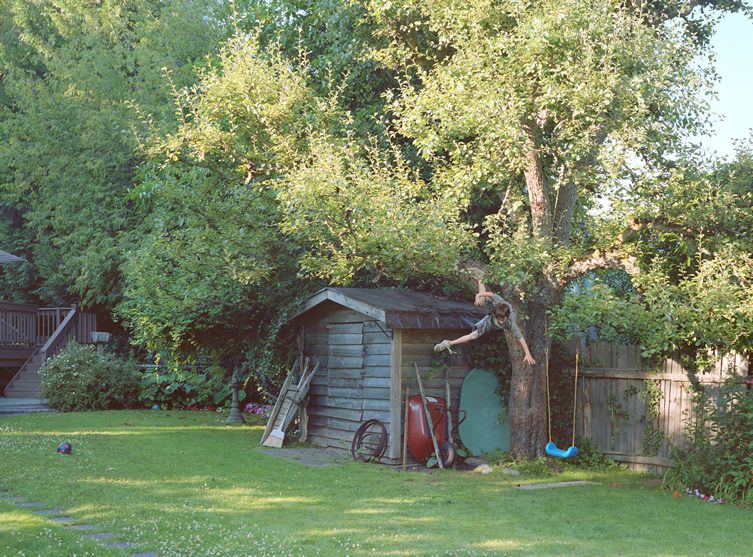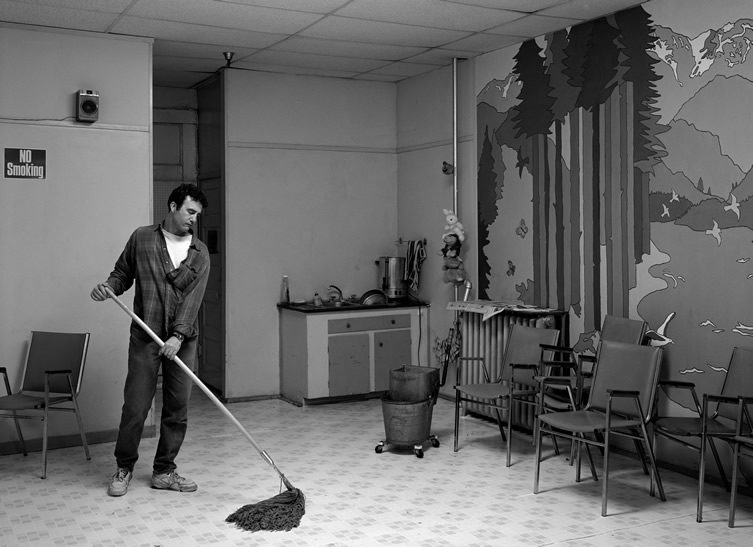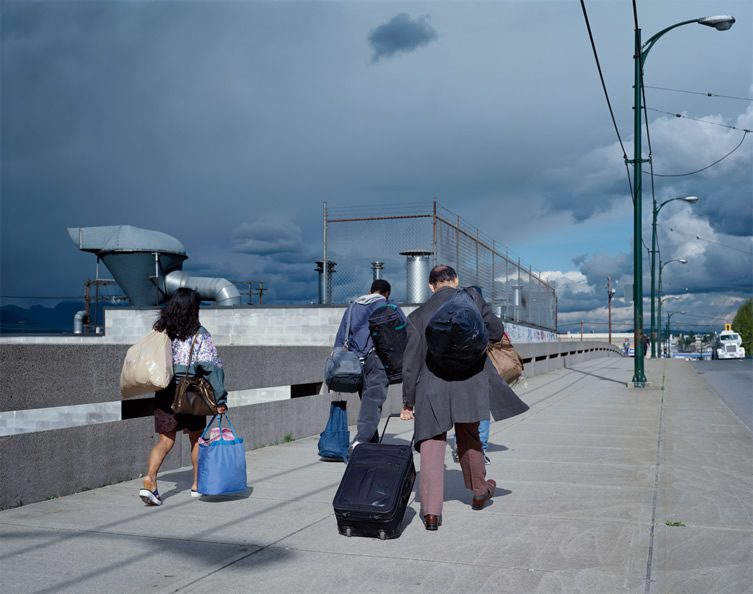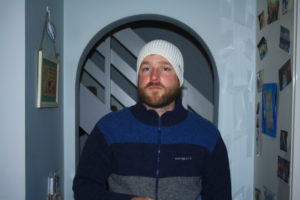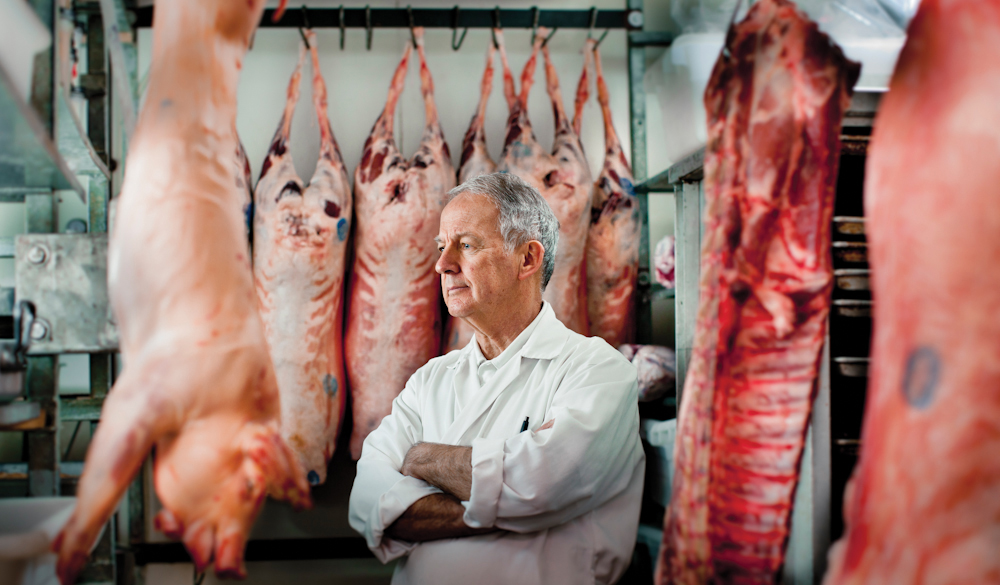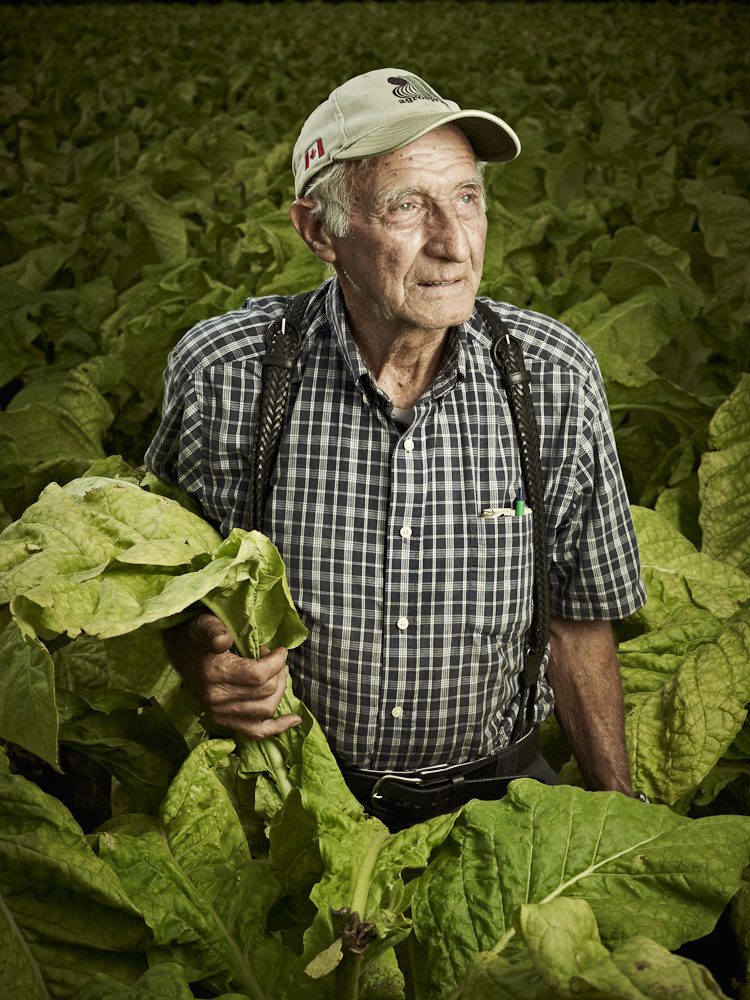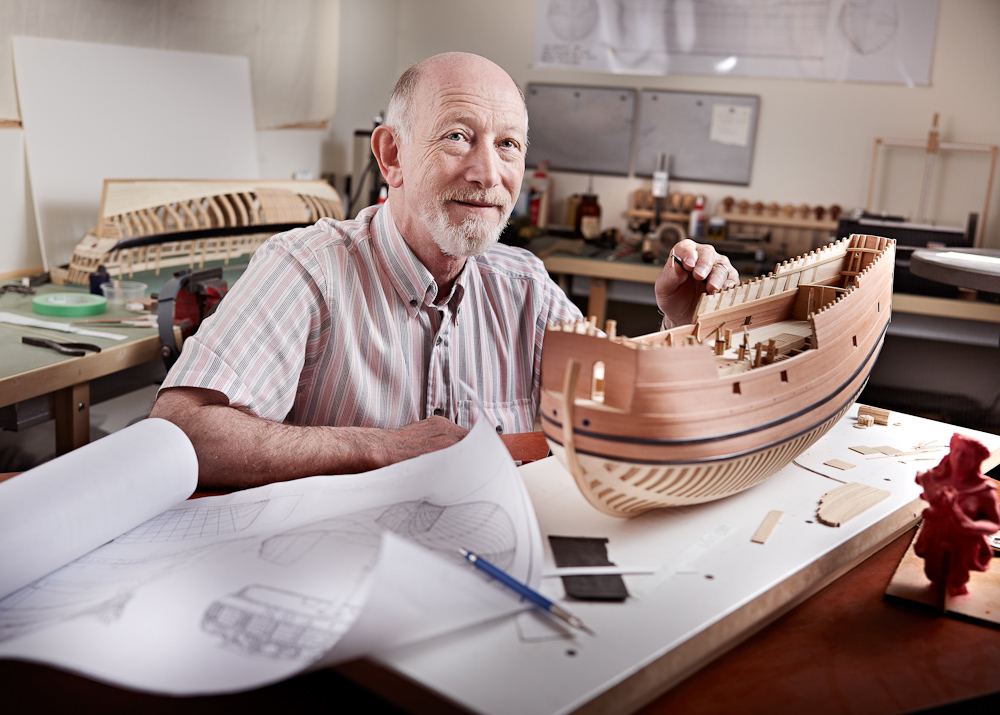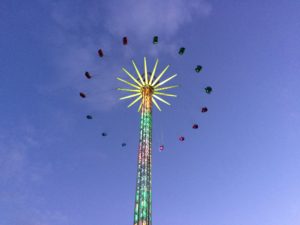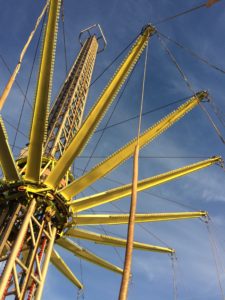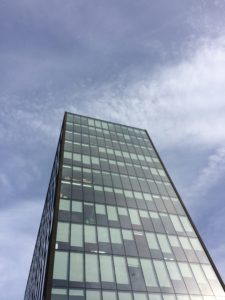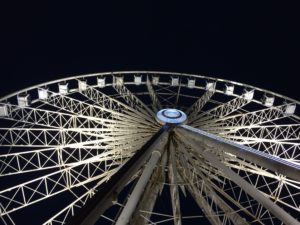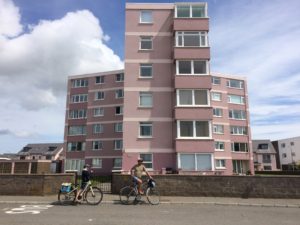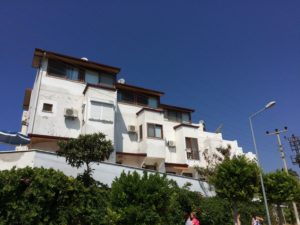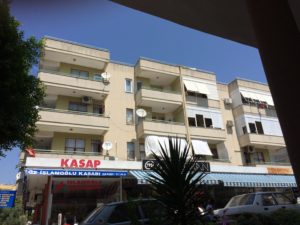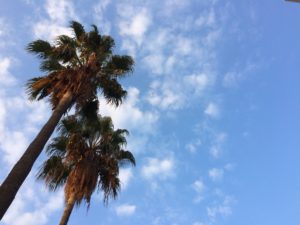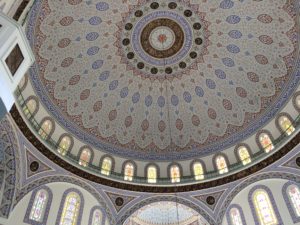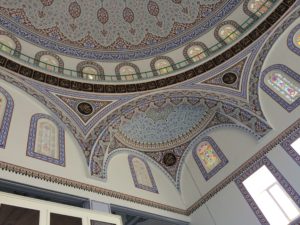In retrospect, it’s clear I have thoroughly enjoyed the photography course as a whole over the past fourteen months. Being given the opportunity to capture images which will be assessed and given critical feedback by professionals is a very beneficial and enjoyable experience.
In Year 12, there was a particular freedom when capturing images which enabled us to work around a camera and explore a multitude of areas in order to find our own photographic style. Through this liberation, I was able to analysis and create my own images in relation to particular photographic genres, for example typologies. Although I couldn’t conjure up a meaningful image to photograph, I really enjoyed that subject which I could follow up in Year 13 but with more knowledge and photographic experience. Furthermore, I enjoyed landscape work that consisted of photographing buildings and suburban areas as I could explore unique angles and pay attention to infrastructure that we usually ignore, opening my eyes to the world around me more. Overall, I believe that was the most beneficial and significant factor about the photography course; opening my eyes to things I never noticed and took for granted. Photography has allowed me to become more open and more appreciative of the world around me.
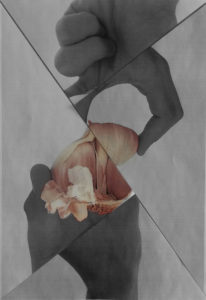
In this image, I took four typology styled photographs of a garlic from all different angles and cut them up into even pieces of paper and stuck four of them together to create a refaced clove of garlic. I thoroughly enjoyed this hands on approach to photography.
For the future, I am looking forward to creating a collection of subversive photographs in order to create a visual rebellion against the powers that control, or once controlled our society. A focus on religion and death gives me an opportunity to link my three favourite subjects; English Literature, History and Photography altogether and create a memorable and hopefully influential piece of work or series of images, combined with writing which is another passion of mine.
In response to working towards this sense of subversion, I created a mood-board to help depict and draft some ideas together in order to chose the best route to go down to fulfill my photographic potential and to select what would best fit.
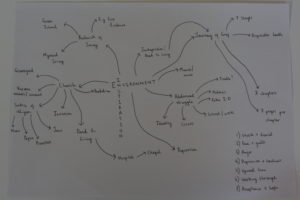
Following my drafting, I am contemplating and conjuring up a method of combining the stages of grief, the setting of a church and the services you associate with a church with the struggle of adolescent life and finding identity.
Tony Howell is “one of England’s finest Landscape photographers”, born in 1960 in Plymouth. I stumbled across this photographer whilst researching significant church photographs as his work was a prominent and regular feature in my search. I began to explore him directly and identify Howell’s different images of churches which gave me inspiration to create a church based typology. Admittedly, Howell is a commercial photographer whose main purpose is to sell judging by the information provided on him website, however, you cannot fault his work for this.
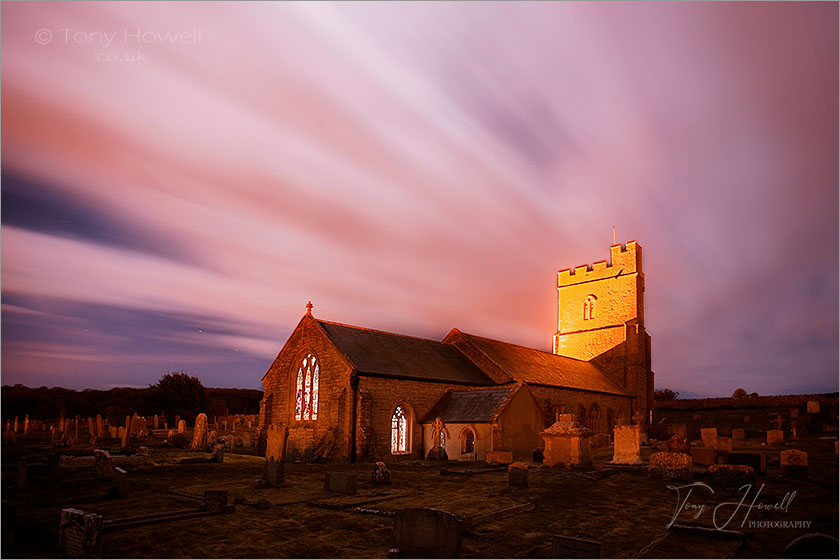
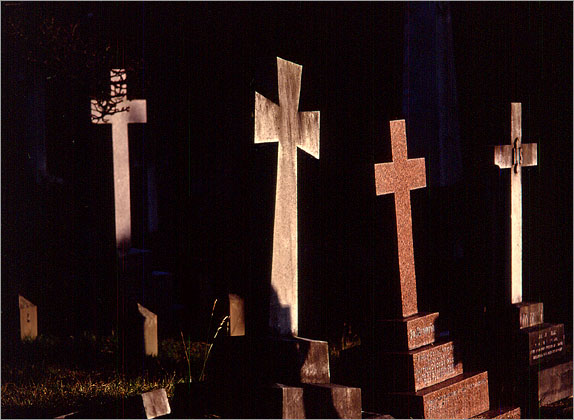
http://www.tonyhowell.co.uk/photographsofchurches.htm
I would like to expand on this idea of subversion and inversion by ridiculing the influence and the power of the church. No religion in particular would be targeted but merely objecting against the concept of religious faiths. I’ve considered buying a priest or pope costumes and acting like a struggling or naughty adolescent in their clothing. This would coincide with the stages of grief, especially with the aspect and emotion of anger.







